PATROL - VOLUME 22
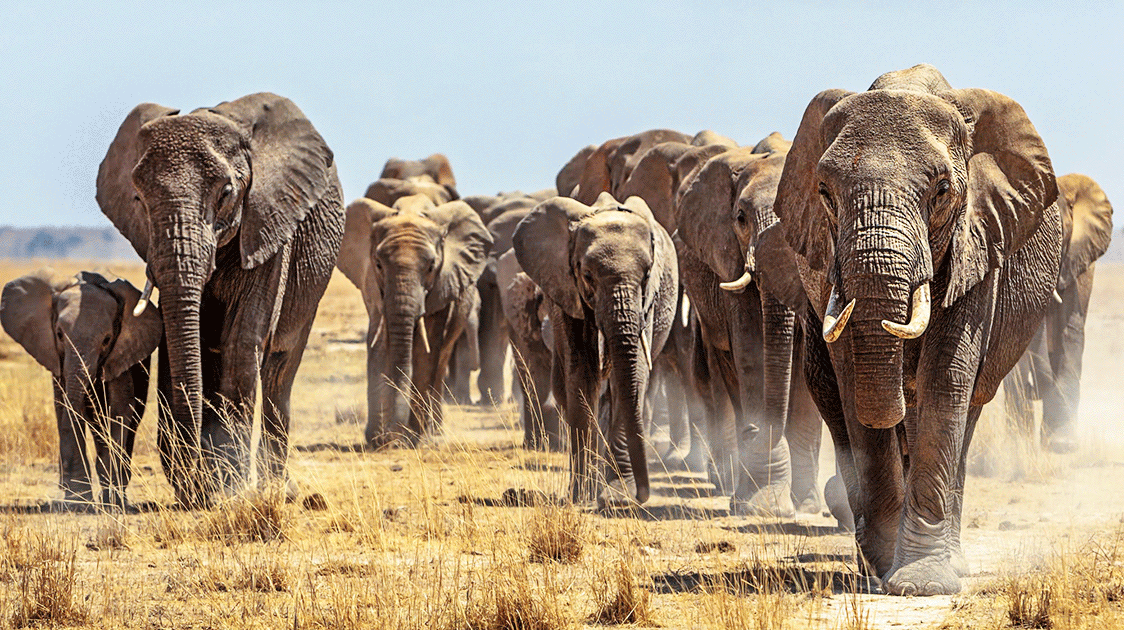
Should Wildlife be Used as a Food Source?
The Southern African and Kenyan models of wildlife conservation are at opposite ends of the gamut. In Southern Africa, wildlife generally belongs to the landowner and can be sustainably utilized consumptively and non-consumptively if responsibly.
In Kenya, the preservationist model rules: take only photographs and leave only footprints (carbon included!) But there was a time when the Kenyan authorities toyed with the idea of the commercial use of wildlife as a food source.
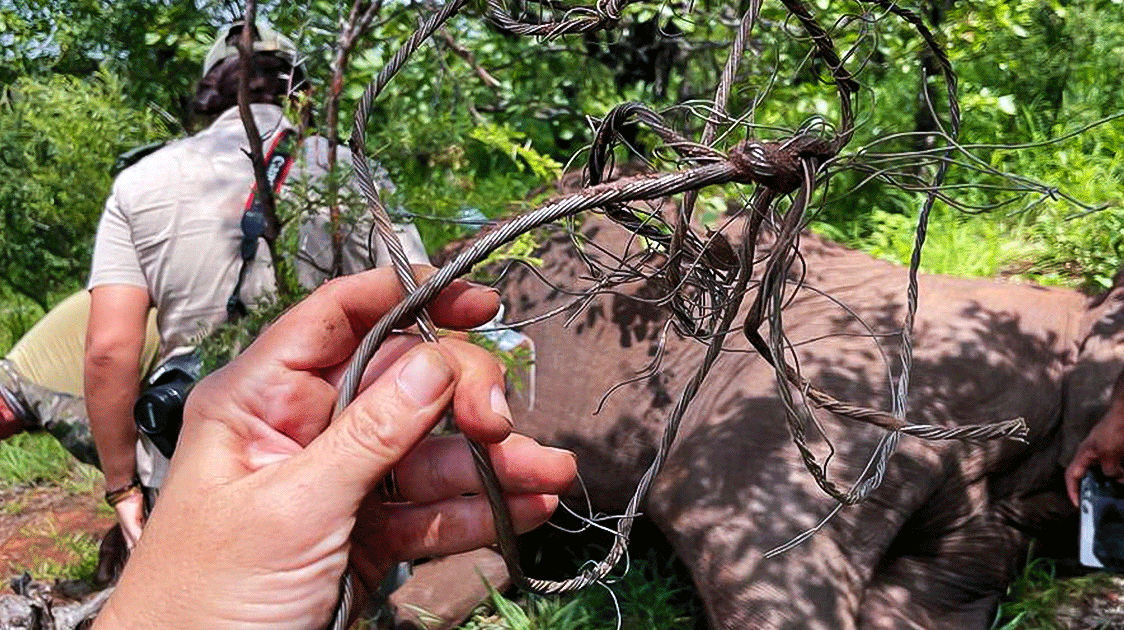
The Importance of Structure In Anti-Poaching Operations (6-Minute Video)
Eugene Troskie heads up the Snare-busters campaign based in Phalaborwa on the edge of the Kruger National Park in South Africa. From the outset, he realized that solid structures must be in place for anti-poaching operations to be successful.
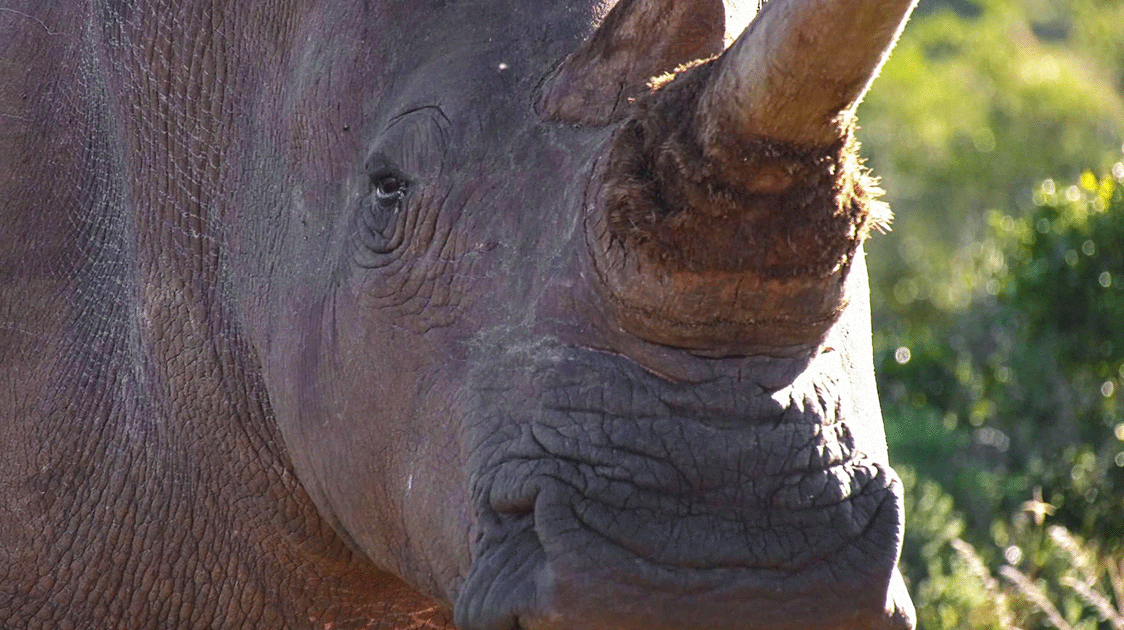
Drivers and Dynamics of The Wildlife Trade
Effective, accountable, and inclusive institutions are needed to ensure that the exports of wild goods and services are not detrimental to wildlife.
Like all economic sectors, the wildlife economy requires transparency, a robust regulatory framework, and good governance. In the fisheries sector, the focus is on eliminating illegal, unreported, and unregulated fishing.
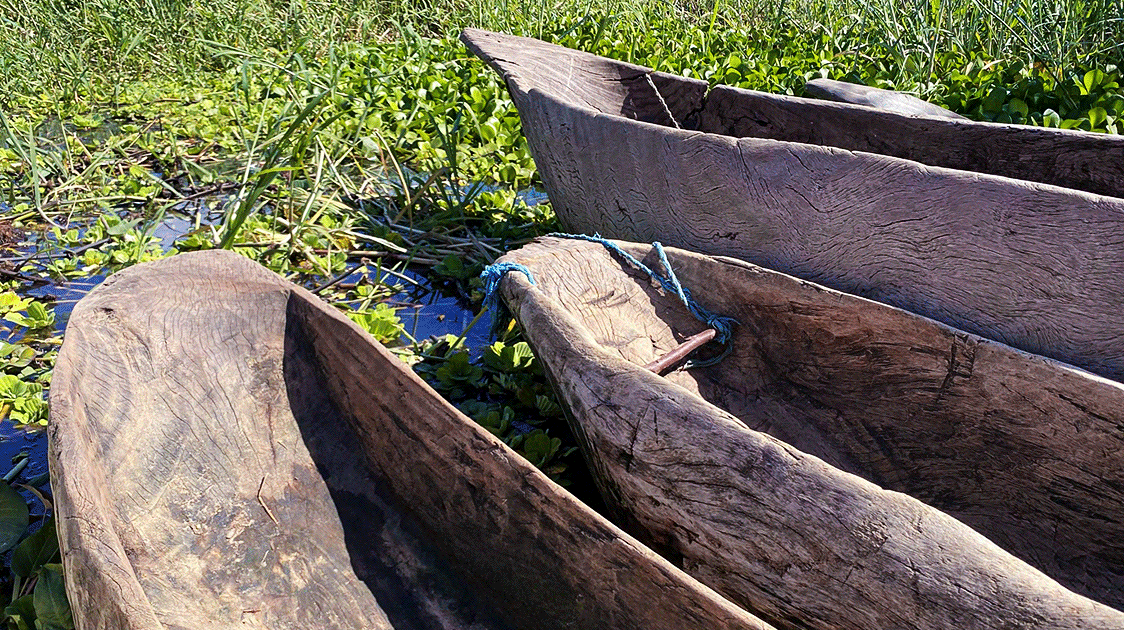
Tree Poaching for Boat Building (6-Minute Video)
The poaching of wildlife is not the only African conservation problem. Along the Zambezi River above Victoria Falls in Zimbabwe, ancient trees are being cut down to make wooden boats known as mokoros.
Poachers use these mokoros to navigate the river and undertake their poaching operations.

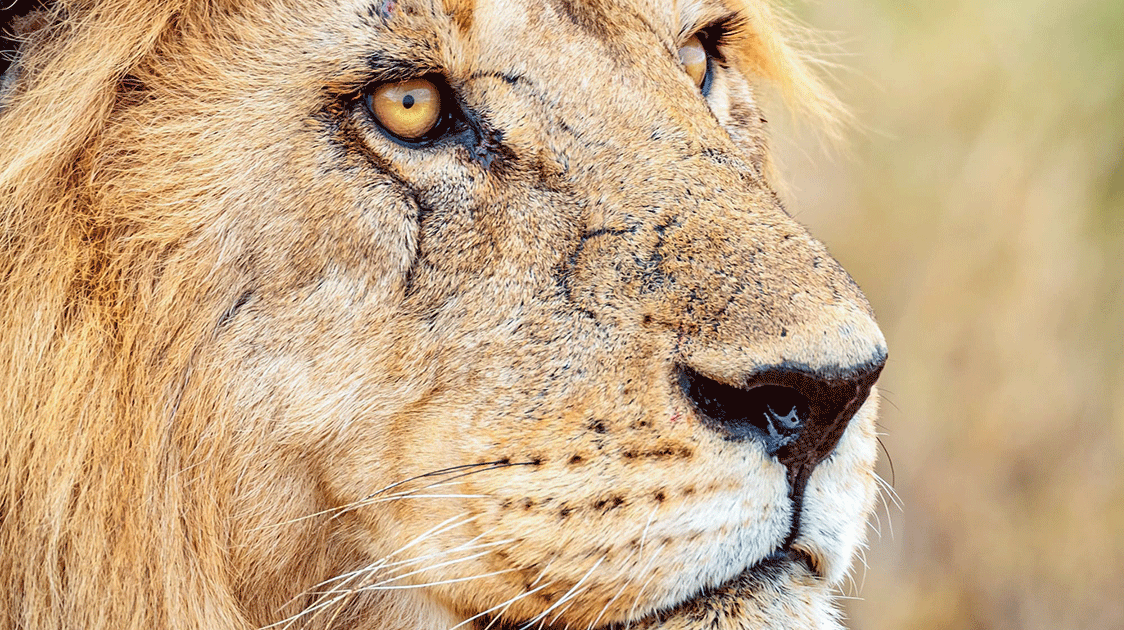
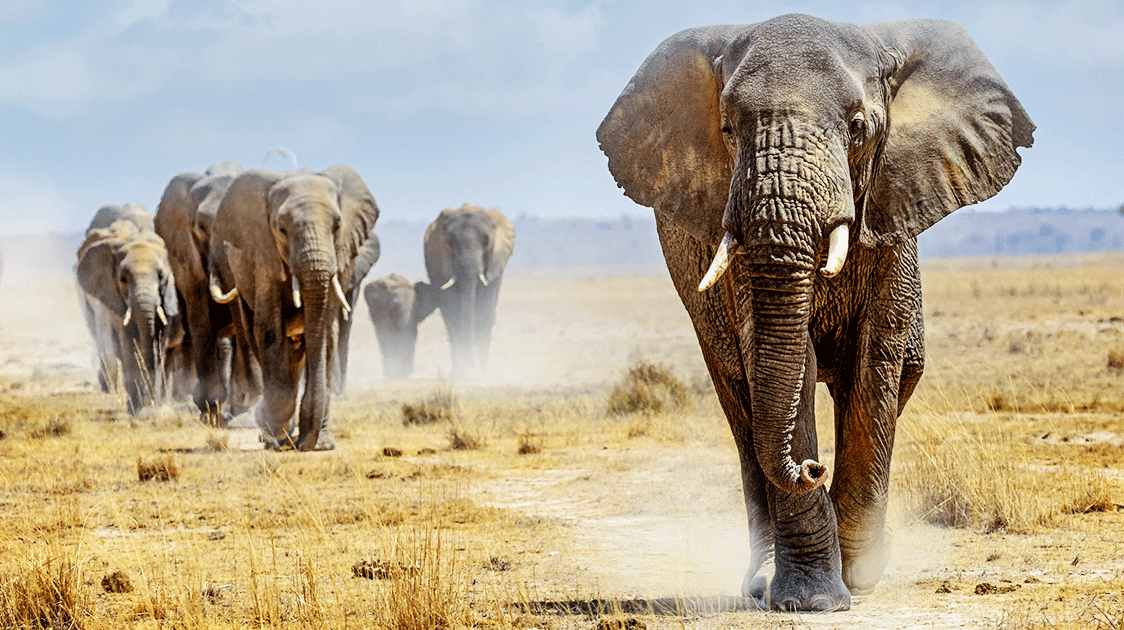
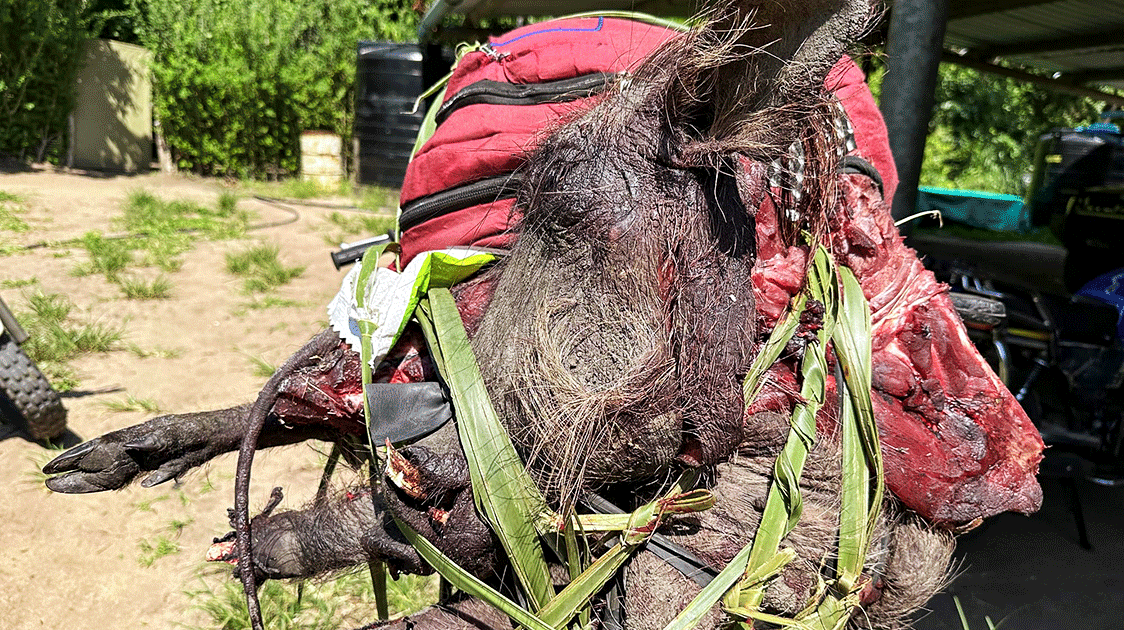
Comments ()